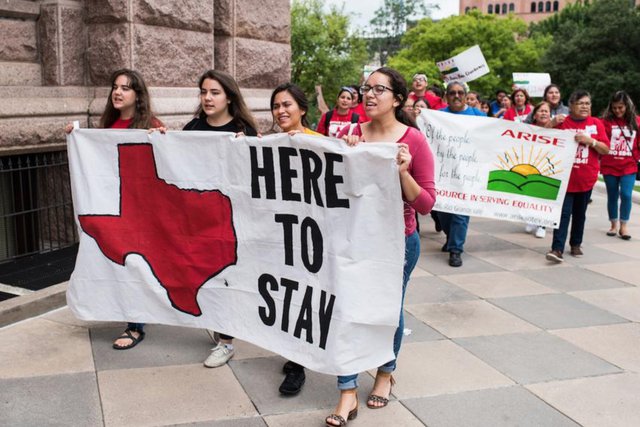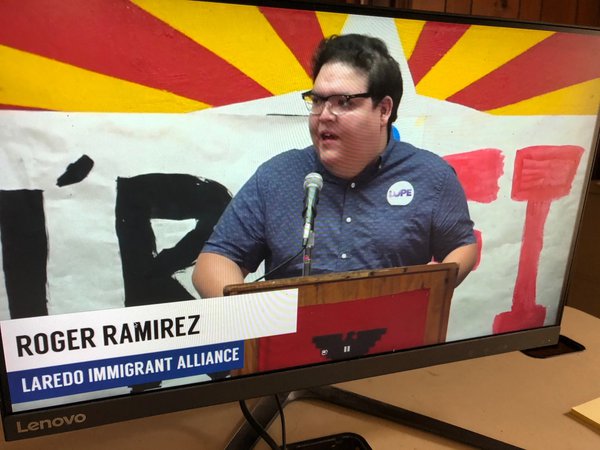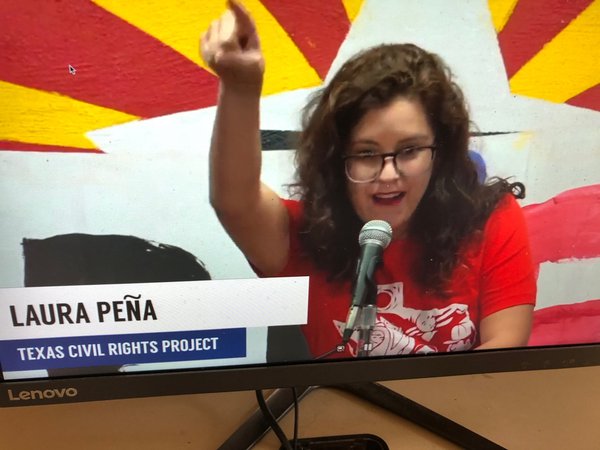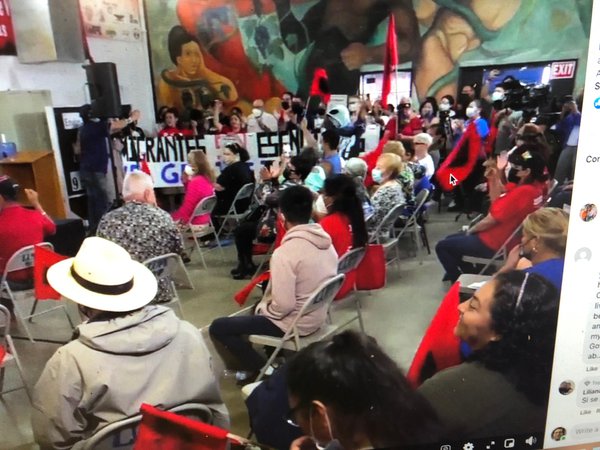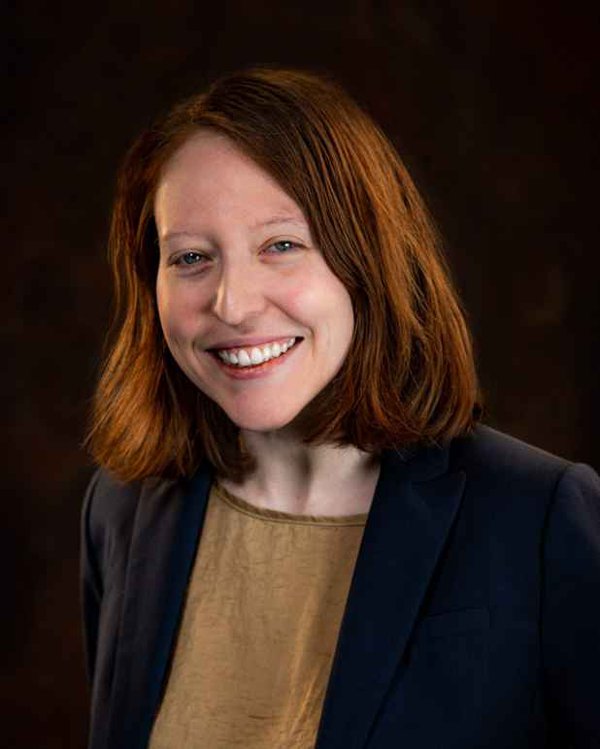
1 of 3
FILE - In this June 16, 2021 file photo, people walk through steam from a street grating during the morning commute in New York. Companies around the U.S. are scrambling to figure out how to bring employees back to the office after more than a year of them working remotely. Most are proceeding cautiously, trying to navigate declining COVID-19 infections against a potential backlash by workers who are not ready to return. (AP Photo/Richard Drew)
Now, in a mirror image, they are scrambling to figure out how to bring many of those employees back.
Most companies are proceeding cautiously, trying to navigate declining COVID-19 infections against a potential backlash by workers who are not ready to return.
Tensions have spilled into the public at a few companies where some staff have organized petitions or even walkouts to protest being recalled to the office. Many workers in high demand fields, such as tech or customer service, have options amid a rise in job postings promising “remote work” — an alluring prospect for people who moved during the pandemic to be closer to family or in search of more affordable cities.
“A lot of people have relocated and don’t want to come back, ” said Chris Riccobono, the founder of Untuckit LLC, a casual men’s clothing company. “There’s a lot of crazy stuff that is a big day-to-day pain point.”
Riccobono said he can’t wait to get his 100 corporate staffers back to the office in Manhattan’s Soho neighborhood because he believes that productivity and morale are higher that way. Starting in September, the company will require those employees to report to the office Mondays, Wednesdays and Thursdays on the hope that the flexibility of a “hybrid” schedule will keep everyone happy.
Many others are similarly introducing a gradual return. Companies like Amazon and automakers Ford and General Motors have promised to adopt a hybrid approach permanently for their office staff, responding to internal and public surveys showing an overwhelming preference for work-from-home options.
But implementing a hybrid workplace can be a headache, from identifying which roles are most conducive to remote work to deciding which days of the week employees need to be in the office. There are client meetings to consider. And some business leaders argue newer employees need more face-time as they begin their careers or start new at at company.
“Thursday is the new Monday,” according to Salesforce, a San Francisco-based technology firm, which found that Thursday was the most popular day for employees to report to the office when the company reopened its Sydney offices back in August.
Riccobono, on the other hand, insists employees show up on Mondays to get organized and set the tone for the week. Like many employers, however, he acknowledges he is still figuring things out as he navigates uncharted territory.
“We will revisit in January, ” he said. “We will see how it works.”
Across the country, office buildings in the top 10 U.S. cities had an average occupancy rate of about 32% in late June, according to estimates from Kastle Systems a security company that monitors access-card wipes at some 2,600 buildings. In Manhattan, just 12% of office employees had returned as of late May, according to the latest survey by the Partnership for New York City, a non-profit organization of major business leaders and employers.
Romina Rugova, an executive at fashion brand Mansur Gavriel, enjoyed the tranquility as she sat on a riverside bench in lower Manhattan after a rare day back at the office for a meet-and-greet with the company’s newly hired head of e-commerce.
A mother of two, Rugova had mixed feelings about returning to the office. Seeing colleagues in person after so long was invigorating, and she did not always enjoy blurring her family and professional life.
“The challenge is you have to be three people at the same time. You have to be a professional, you have to be a cook, you have to be a cleaner, you have to be a mom,” Rugova said. “Being in the office after a while was so nice and refreshing. It’s completely different experience, you don’t realize it.”
But she doesn’t want to completely give up the three hours of extra time she saves without the commute. Many of her colleagues feel the same way, so Mansur Gavriel will likely implement a flexible policy when most of its 40 employees return to the office after Labor Day.
“We are still figuring it out,” Rugova said.
While most employers will accelerate their return-to-office plans over the summer, nearly 40% of office employees will still be working remotely in September, according to the Partnership for New York City’s survey.
The trend has raised concerns about an unequal economic recovery, given that working remotely is an option available to a privileged few. Only about 15% of workers teleworked because of the pandemic in June, according the U.S. Department of Labor’s monthly jobs report. Most work jobs at restaurants, schools, hospitals, factories and other places that require them to show up in person.
Some of large investment banks, which are top employers and office space tenants in New York City, are leading the push to bring employees back, taking a hardline approach in comparison with tech giants that have rolled out generous remote work policies.
Morgan Stanley CEO James Gorman said at a conference earlier this month that he would “be very disappointed if people haven’t found their way into the office” by Labor Day.
“If you can go a restaurant in New York City, you can come into the office,” Gorman said, though he acknowledged that there should be flexibility for parents still struggling with childcare logistics that fell apart during the pandemic.
Gorman also made clear that he was not open to the “work from anywhere” mentality that some companies have adopted, saying employees who want to earn New York City salaries should work in the city. The CEOs of JPMorgan Chase and Goldman Sachs have made similar comments, sparking furious debate about whether they would push employees out the door.
It remains to be seen how deeply remote work policies will influence recruitment and retention. But professionals looking for flexibility are finding they have options.
Brecia Young, a data analytics scientist and mother of a 1-year-old child, had choices when she was looking to switch jobs from a small Chicago firm. She accepted an offer from Seattle-based real estate company Zillow in part because the company allowed her to work from home and stay in Chicago, where she and her husband have relatives to help with child care.
“Moving to the West Coast was on the table but it would have been a real hardship,” said Young, adding that her husband also would have had to look for a new job. “I love the time savings just in terms of the commute. It’s like 90 minutes of saved time that I can repurpose.”
____
Associated Press writer Anne D’Innocenzio contributed to this story from New York.
____
This story was first published on July 7, 2021. It was updated on July 8, 2021 to correct the title of Chris Riccobono. He is the founder of Untuckit LLC, not the CEO.













